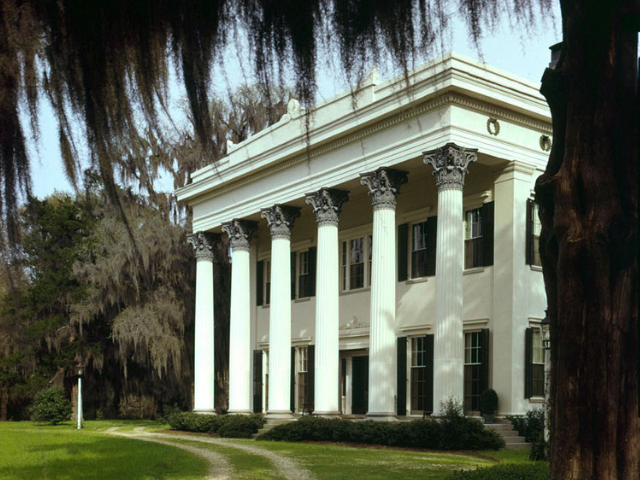
Millford Plantation in Pinewood, SC (2017, June 4). Wikimedia Commons. Retrieved 19:03, July 24, 2017.
Sumter County and its county seat, the city of Sumter, were named for Revolutionary War general Thomas Sumter (1734-1832), a resident of the area. This county has changed its name and boundaries several times. In 1785 Claremont County was formed as a part of the Camden District; a part of the county was later split off in 1791 to form Salem County. Claremont, Clarendon, and Salem counties were combined into Sumter District in 1800. Clarendon was once again split off in 1857, and another small part of Sumter County went to form Lee County in 1902. This part of the state began attracting English settlers from the Lowcountry and Virginia in the mid-eighteenth century. The area known as the High Hills of Santee, a narrow ridge along the Wateree River, was famous for its healthy climate and rich soil. Sumter County eventually became a leading agricultural region. During the Civil War, General Edward Potter's Union troops raided the area, and a skirmish was fought at Dingle's Mill on April 9, 1865. In 1941 Shaw Air Force Base was established near Sumter, and it continues today as an active duty fighter base. Confederate General Richard Heron Anderson (1821-1879) was a Sumter resident, as were opera singer Clara Louise Kellogg (1842-1916) and educator Mary McLeod Bethune (1875-1955).


